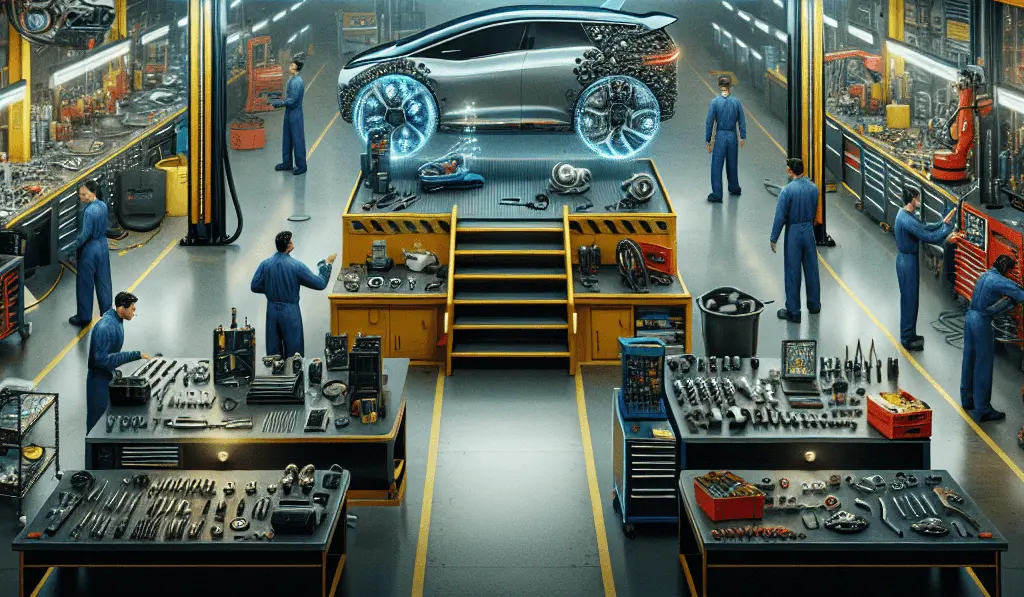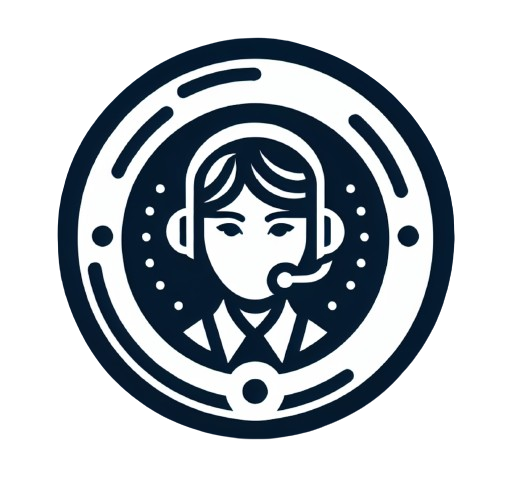In 2024, the automotive industry is undergoing a significant transformation, driven in part by the increasing popularity of electric vehicles (EVs). This shift has profound implications for collision repair shops and OEM dealers, as it necessitates a reevaluation of their inventory, training, and service offerings.
The rising demand for EV components, including batteries, electric motors, and specialized electronics, presents both challenges and opportunities for collision repair professionals. To meet the repair needs of EV owners, shops and dealers must expand their inventory to include a wide range of EV parts. Moreover, staff training is essential to ensure that technicians are equipped with the knowledge and skills required to service these advanced vehicles effectively.
In addition to addressing the specific needs of EVs, collision repair professionals must also stay abreast of technological advancements in traditional vehicles. The latest vehicles are equipped with complex systems such as Advanced Driver Assistance Systems (ADAS), collision avoidance technologies, and autonomous driving features. While these innovations may lead to fewer collisions, they create a demand for OEM-specific parts that are essential for repairs. Collision repair shops and OEM dealers must therefore invest in training and equipment to meet the evolving needs of vehicle owners.
Overall, the shift towards EVs and advanced vehicle technologies underscores the importance of adaptation and innovation in the collision repair industry. By embracing these changes and investing in the necessary resources, shops and dealers can position themselves for success in 2024 and beyond.



